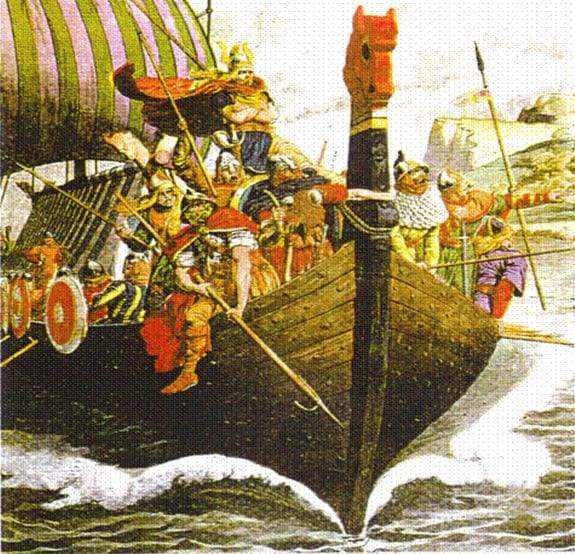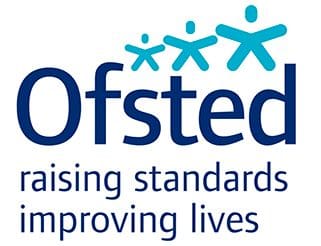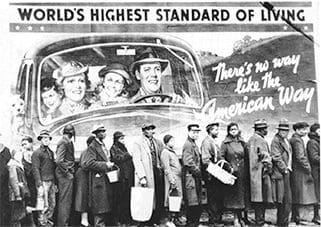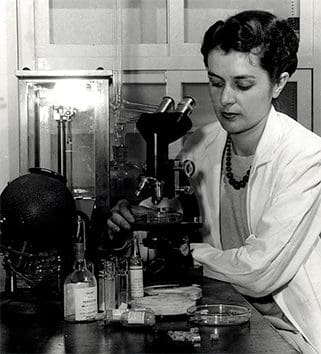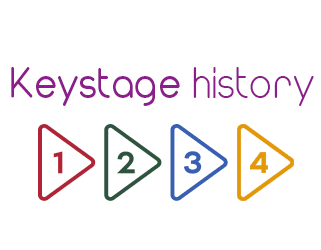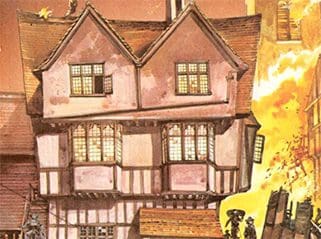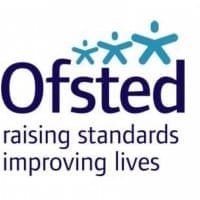
Central to much of the discussion in OFSTED about focussing more on subjects and the curriculum is the issue of progression.
In a recent discussion paper OFSTED wrote that:
The progression model in schools was generally less clear for subjects such as music, art, geography and history.
It was harder for schools to model progression in terms of skills. Leaders who said they had attempted to map pupils’ progress in developing skills were generally clear about what they wanted pupils to achieve, for instance, developing their problem-solving or team-working skills. However, they were less sure about how they intended to do this. They also had no secure way of knowing whether pupils had acquired the defined skills. This was often in contrast to the knowledge progression models developed in these very same schools. In these models, the sequencing and order of what pupils were expected to know were much more clearly detailed and articulated.
So what does it mean to get better at history? What part does knowledge play? What about skills and conceptual understanding. If you are looking for advice in history, especially in primary schools, you will be hard-pressed to find any.
For that reason I have devoted a whole section on the website to lloing at progression at each key stage, not just in broad terms but also in specifics. What does getting better at understanding why things happen in history look like. Open the files entitles progression by strand and you’ll find out. Rather than provide content-free statements, I have tied each stage to an example of appropriate NC content likely to be taught at that stage. In this way the guide becomes really practical.
We all know that progression is not a neat ladder of evenly-spaced rungs, but we have to start somewhere and I think it well worth asking If we teach the causes of the Roman invasion in Y3/4 how will work on the reasons for the defeat of the Spanish Armada look different in Y5/6. The model I provide addresses this head-on.

